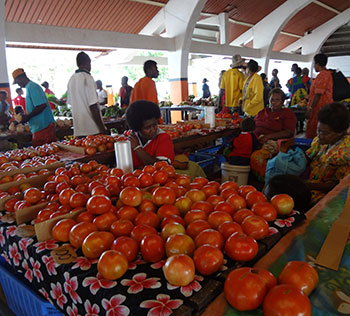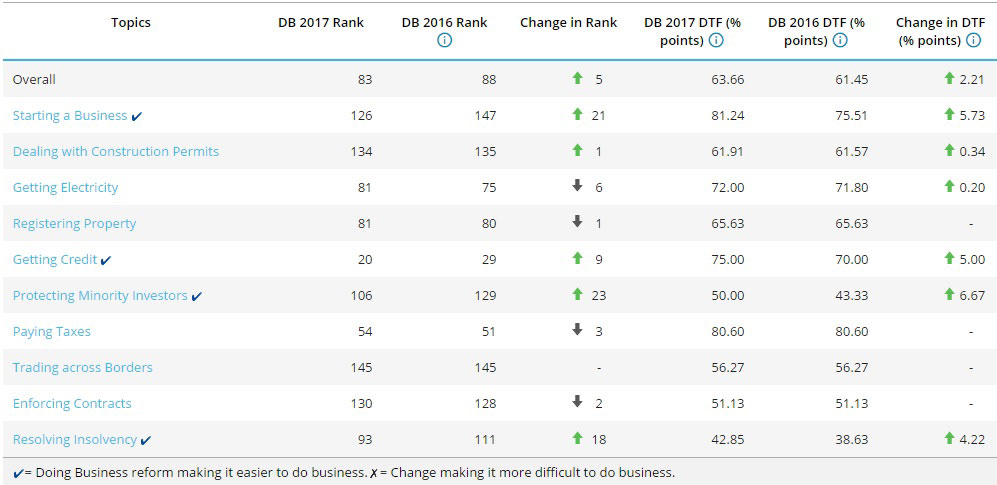LOCAL FARMERS NEED ASSURANCE IN QUALITY OF THEIR PRODUCTS
[spacer height=”10px”]
IFC Study Shows Efate’s Tourism Sector Could Help Support Local Farmers

A recent International Finance Corporation (IFC) analysis surveyed the linkages between Efate’s local food producers and its tourism sector.
While Vanuatu’s hotels and restaurants spend an average of Vt1.5 billion on food annually, only Vt675 million is spent on purchasing local produce.
“We found hotels and restaurants import around 54 percent of their food produce, with the rest, 46 percent, bought locally,” said Jimmy Andeng, IFC Country Officer.
“Close to 80 percent of imports is spent on meat, including poultry and seafood, and dairy.”
When interviewed, hotel and restaurant operators were eager to buy from local growers but many worried about quality control standards and administrative needs.
Both service providers require a reliable supply of high quality goods.
Vendors also need to show they can meet future supply needs and provide the needed paperwork for administration purposes, such as invoices and receipts.
This is a challenge for small growers and market sellers unless they partner with a wholesaler or aggregator.
“To help farmers meet this demand, they need access to training on farming techniques and modern equipment,” said Andeng.
“Also for growers in the outer islands, it’s difficult to compete with high inter-island shipping costs and competition from lower-priced imports from South East Asia.”
Restaurants import around 46 percent of their produce, 16 percent less than hotels, as they can afford to be more flexible with their purchasing arrangements and often establish a friendly rapport with growers and sellers at markets.
“We would like to see stronger linkages between our tourism and agricultural sector,” said George Borugu, Director of Tourism.
“Buying local will not only benefit our farmers, but also our guests.
“Tourists are increasing calling for organic, fresh produce that is grown locally.”
Hotels and restaurants shared their domestically supplied and imported food records, involving 30 types of vegetables, 38 fruits, 18 meat and dairy products, and 18 herbs during both high and low seasons.
The 2015 study lists key recommendations for policy, supply chains and logistics, market development, farmer training and resources to improve local purchasing. The analysis also highlights products that can be produced and sold locally at high volumes to replace current import activity. These include potatoes, onions, carrots, capsicums, tomatoes, oranges, cantaloupes, lamb, pork and bacon.





